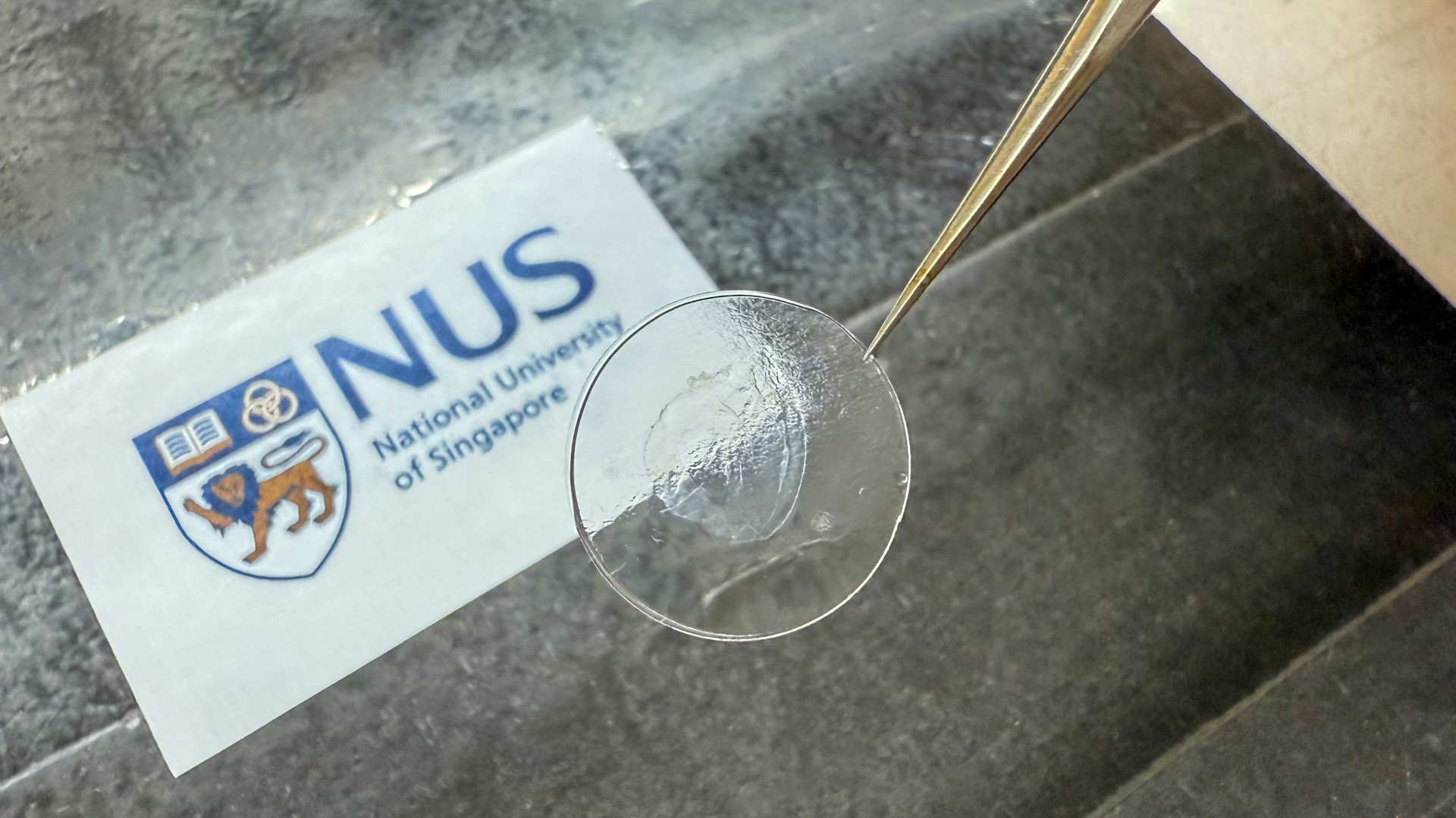Research @ MBI
Understanding the molecular basis for mechanotransduction
In cells and tissues, the integration and propagation of mechanical signals is facilitated by the activity of molecular machines; small groups of proteins that detect and respond to mechanical stimuli by transferring physical forces to other cellular components, or facilitating their conversion to biochemical signals.
The information obtained during this process, which is known as mechanosensing, helps in cellular decision making.This is particularly important during development, when stem cells are differentiating to become specific cell types, and during wound healing or tissue repair.
At MBI, we are exploring mechano-transduction though four major research programs: molecular, cellular, tissue, and through technological innovations.
Cells can measure the stiffness of the surface on which they are growing and they can detect and respond to tension from neighboring cells within a tissue. Understanding how individual cells and proteins contribute to the mechanotransduction of physical force, is a major focus in the research conducted at the MBI. Dissecting the nanoscale architecture of various molecular machines involves the manipulation of specific cellular components, and at times, single proteins or specific protein domains. We can then monitor any subsequent effects.
Crucial to these efforts is the ability to control and modify the physical parameters of the cellular microenvironment. This means growing cells on substrates of a specific stiffness, pattern or shape. The effect of any molecular manipulation must then be monitored by quantifying the forces generated by cells or individual proteins, or visualizing the effects using super-resolution microscopy techniques.
Molecular Mechanisms of Mechanobiology
At MBI, we investigate how groups of proteins come together to form modular functional units that are capable of mediating diverse cellular functions by sensing and relaying mechanical signals between various components of the cell. More
Cell-Matrix / Cell-Cell Mechanotransduction
MBI is working to understand how a cell’s behavior within a tissue is guided by its communication with neighboring cells and the extracellular matrix through the formation of protein-based adhesion complexes. More
Mechanotransduction in Tissue Development
At the MBI, we apply biophysical principles to study the highly-coordinated orchestration of cellular events in a tissue, and understand its relevance during the development of an embryo as well as during tissue repair in adult organisms. More
Technology Innovation for Mechanobiology
The state-of-the-art technology at MBI has expanded our understanding of cell mechanics, enabling us to manipulate the physical properties of the cellular microenvironment as well as to precisely quantify cellular response to mechanical signals. More
Recent Featured Research
Confined Migration Shapes the Bony Fate of Stem Cells
Researchers from the Holle Lab at the Mechanobiology Institute, NUS discover that migration through confined spaces causes lasting nuclear changes in stem cells, biasing them toward bone formation.
Disrupted Cell-Matrix Interactions Drives Aging and Reveals New Paths for Skin Regeneration
Researchers from the Li Lab discover how α5-integrin–FN interactions preserve dermal integrity, offering new insights for antiaging strategies targeting ECM organization and fibroblast function.
DECIPHERing the Role of Cell-Matrix Interactions in Ageing Heart Health
Researchers from the Soft Nano-Biomaterials Lab at MBI developed a material system to enable precise investigation into how individual ECM properties affect cultured heart cells.
Featured Publication
The Cell as a Machine
Part of Cambridge Texts in Biomedical Engineering
Published through Cambridge University Press and available in March of 2018, Professors Michael Sheetz and Hanry Yu have written a unique introductory text explaining cell functions using the engineering principles of robust devices.
Adopting a process-based approach to understanding cell and tissue biology, the book describes the molecular and mechanical features that enable the cell to be robust in operating its various components, and explores the ways in which molecular modules respond to environmental signals to execute complex functions.
Part I. Principle of Complex Function in Robust Machines:
- Robust self-replicating machines shaped by evolution
- Complex functions of robust machines with emergent properties
- Integrated complex functions with dynamic feedback
- Cells exhibit multiple states, each with different functions
- Life at low Reynolds number and the mesoscale leads to stochastic phenomena
Part II. Design and Operation of Complex Functions:
- Engineering lipid bilayers to provide fluid boundaries and mechanical controls
- Membrane trafficking – flow and barriers create asymmetries
- Signaling and cell volume control through ion transport and volume regulators
- Structuring a cell by cytoskeletal filaments
- Moving and maintaining functional assemblies with motors
- Microenvironment controls life, death and regeneration
- Adjusting cell shape and forces with dynamic filament networks
- DNA packaging for information retrieval and propagation
- Transcribing the right information and packaging for delivery
- Turning RNA into functional proteins and removing unwanted proteins
Part III. Coordination of Complex Functions:
- How to approach a coordinated function – cell rigidity sensing and force generation across length scale
- Integration of cellular functions for decision making
- Moving from omnipotency to stable differentiation
- Cancer versus regeneration – the wrong versus right response to the microenvironment.
MBI warmly welcomes Shailaja Seetharaman!
MBI warmly welcomes Shailaja Seetharaman as a MBI PI leading the Vascular Mechano-Medicine Lab.
MBI Publications
Latest Publications
- Kumar S, Sujeesh L, Hong L, Young JL, and Holle AW. Local and sustainable production of biomaterials. Nat Mater 2025;. [PMID: 41381744]
- Dhar S, Thomas S, Yeo HL, Saunders TE, and Roy S. Dynamic expression and differential requirement of the myocyte fusogen Myomixer during distinct myogenic episodes in the zebrafish. Biol Open 2025;. [PMID: 41321131]
- Dunsing-Eichenauer V, Hummert J, Chardès C, Schönau T, Guignard L, Galland R, Grenci G, Tillmann M, Koberling F, Nock C, Sibarita J, Viasnoff V, Antolovic IM, Erdmann R, and Lenne P. Fast volumetric fluorescence lifetime imaging of multicellular systems using single-objective light-sheet microscopy. Commun Biol 2025;. [PMID: 41315677]
- Ho CZ, Deng L, Picone R, Abderazzaq F, Flanagan N, Chua DZ, Low BC, and Wu SK. The Senescence-Associated Secretory Phenotype constitutes HIF-1α activation but is independent of micronuclei-induced cGas/Sting activation. Mol Biol Cell 2025;:mbcE24100445. [PMID: 41296514]
- Liu AZ, Narkar A, Li K, Bertomeu T, Johnson BA, Coulombe-Huntington J, Dong Y, Zhu J, Tyers M, and Li R. The scaffold protein PRR14L links the PP2A-TACC3 axis to mitotic fidelity and sensitivity to MPS1 inhibition. bioRxiv 2025;. [PMID: 41279925]
- Nishimura R, Barnett SFH, Jain K, Huang Z, Goult BT, and Kanchanawong P. Optogenetic control of mechanotransduction based on light-induced homodimerization of talin. J Cell Sci 2025;. [PMID: 41277405]
- Fokin AI, Lin Y, Guschin DY, Chen H, James J, Yan J, Silberzan P, and Gautreau AM. Identification of PKN2 and MOB4 as Coordinators of Collective Cell Migration. Adv Sci (Weinh) 2025;:e02907. [PMID: 41276909]
- Ge Z, Jin X, Gao B, Yu Z, and Lim CT. Toward intelligent immune microneedles: Strategies for sensing, therapy, and immune regulation. J Control Release 2025;:114395. [PMID: 41213384]
- Biswas A, Lou Y, Ng BH, Tomida K, Darpe S, Leong KW, Wu Z, Lu TB, Teng X, Toyama Y, Bonne I, and Chan CJ. Surface mechanics and compressive stress impact mammalian follicle development. Nat Commun 2025; 16(1):9578. [PMID: 41173887]
- Liu X, Liu J, Wang Y, Yao M, Baker KB, Klapholz B, Brown NH, Goult BT, and Yan J. The mechanical response of vinculin. Sci Adv 2025; 11(44):eady6949. [PMID: 41171905]
The Pressure That Shapes Life: Mechanical Forces Behind Egg Maturation
Researchers from the Chan Lab at MBI demonstrate the importance of compressive stress exhibited by theca cells in healthy follicle maturation and surrounding support cells, suggesting a new perspective in understanding infertility.
Quantitative Micro-Elastography: New Imaging Tool Uncovers Age-Dependent Mechanical Changes in Ovarian Tissue
Researchers from the Chan Lab at MBI develop a a novel method called quantitative micro-elastography to create detailed 3D maps of ovarian stiffness in mice—revealing crucial insights that could lead to new infertility treatments.
Tumor-on-a-chip Shows How Microenvironment Architecture Affects Liver Cancer Therapies
Researchers from the Pavesi Group at the Mechanobiology Institute, NUS develops in vitro models of liver tumors to study how the presence of vasculature networks affect cancer therapies.







